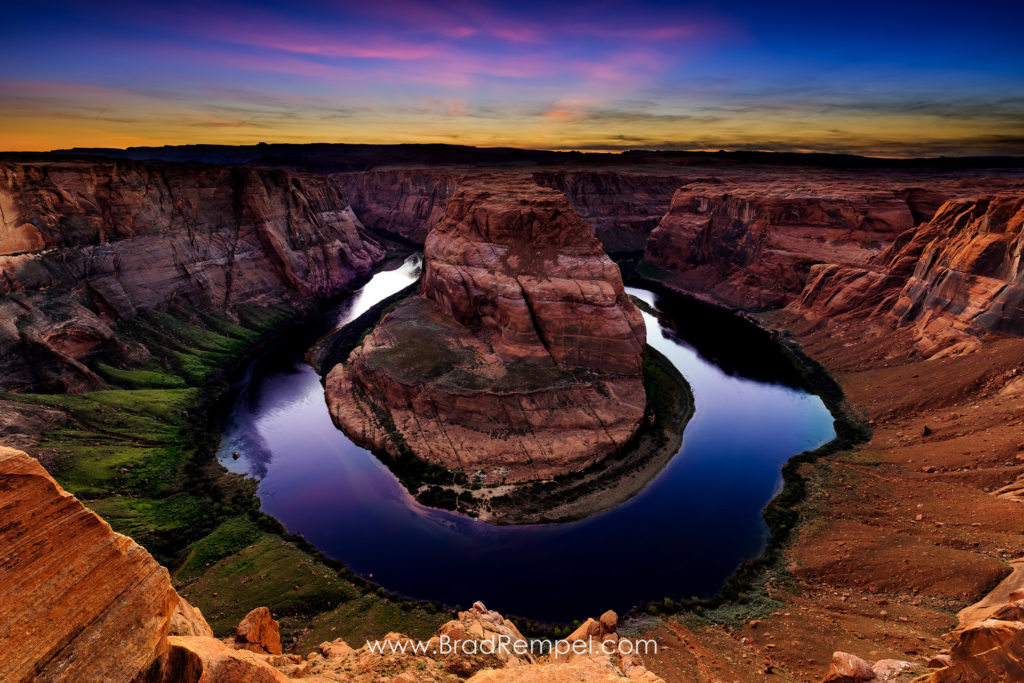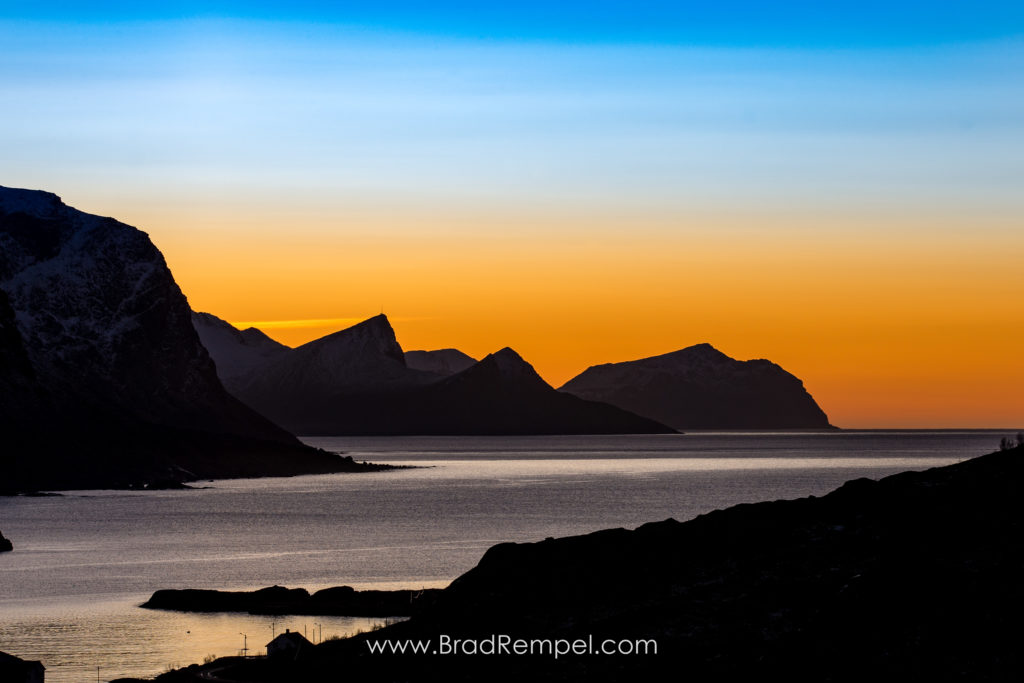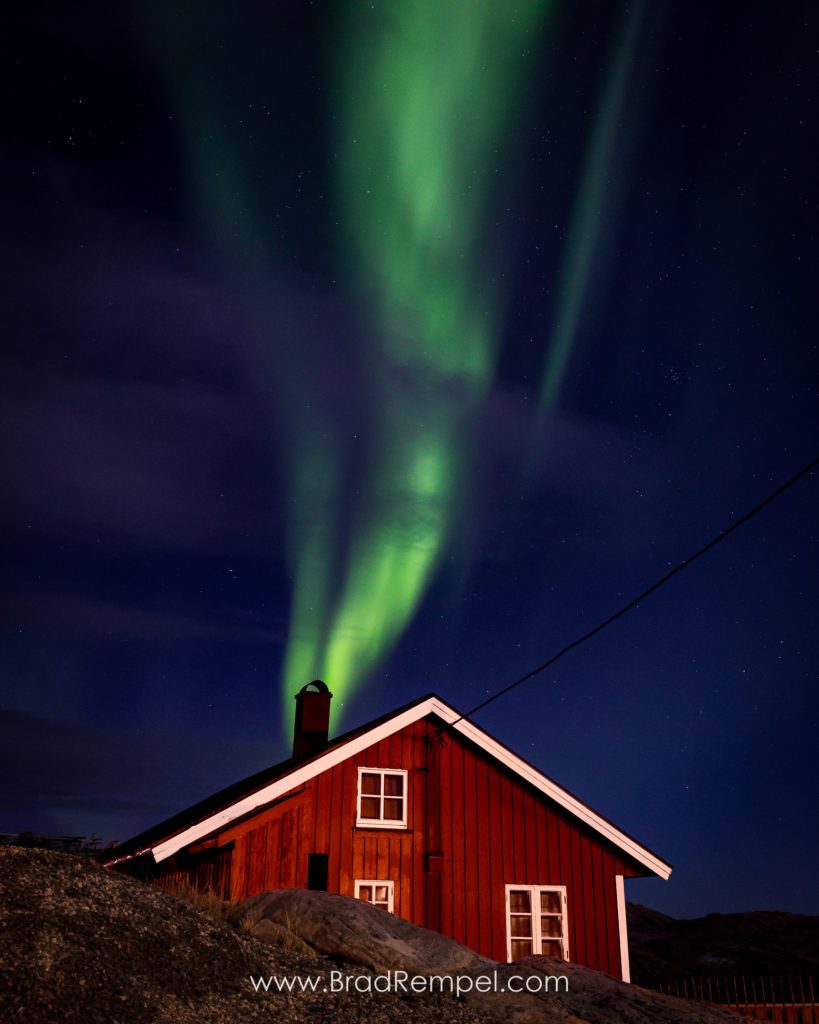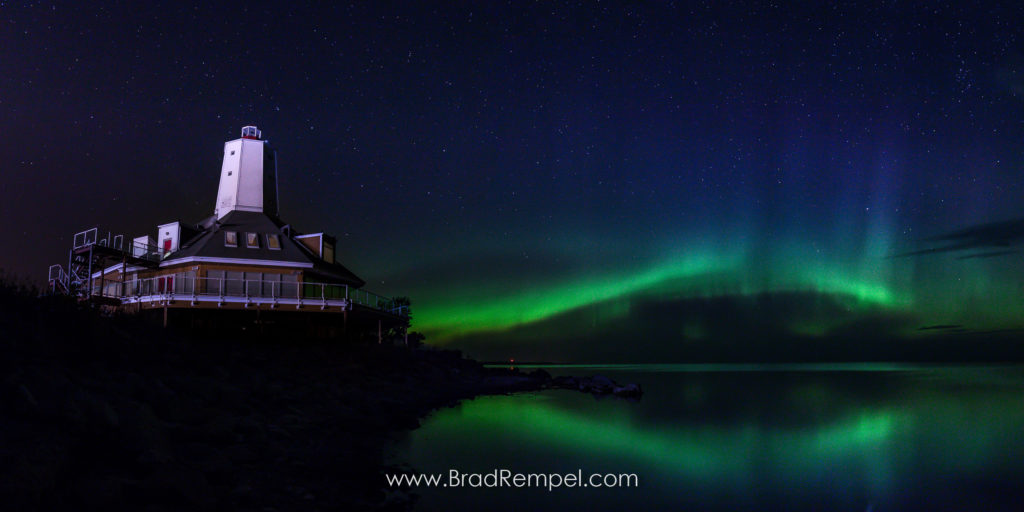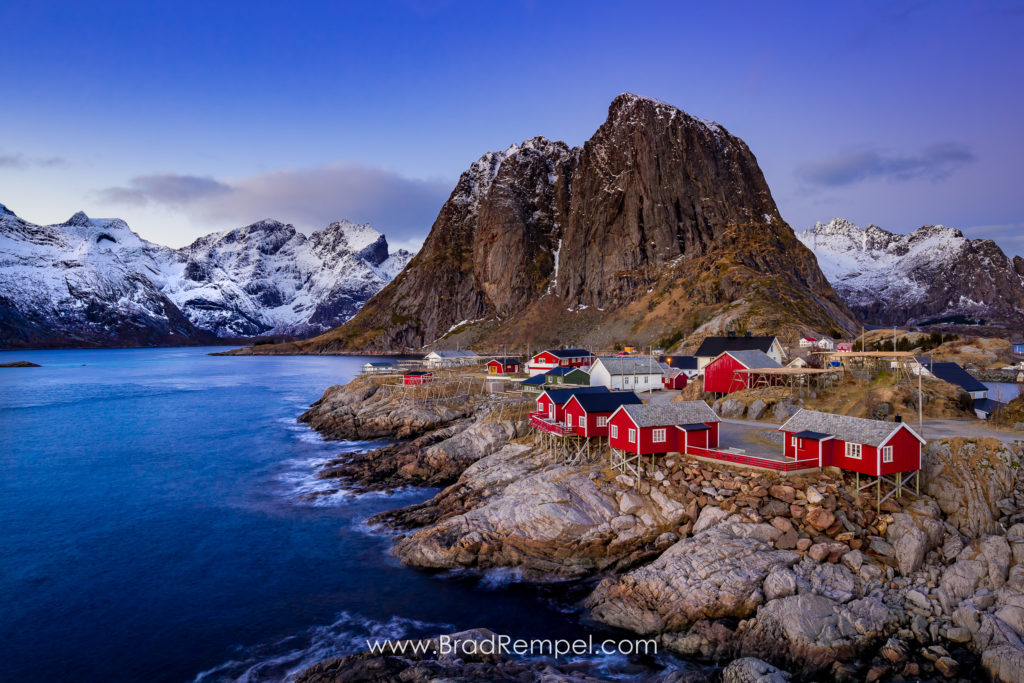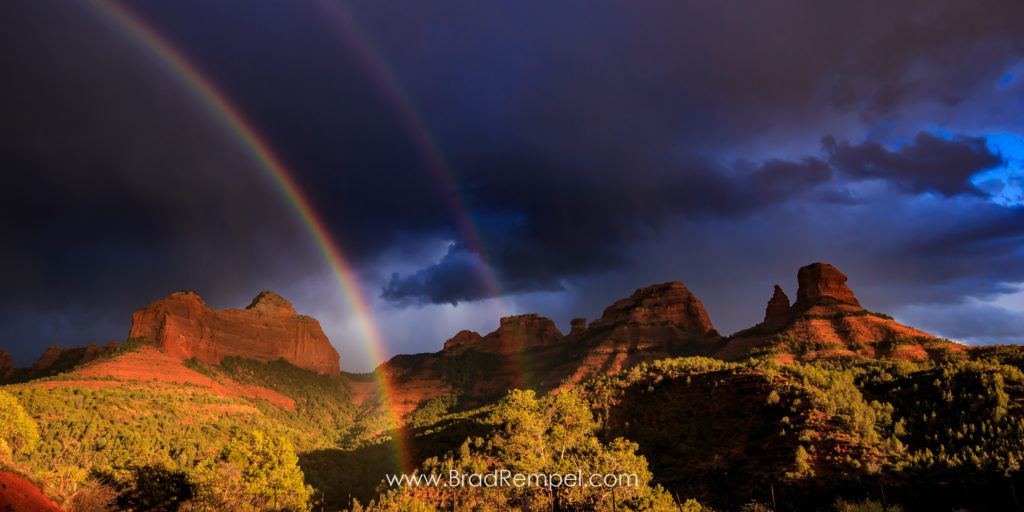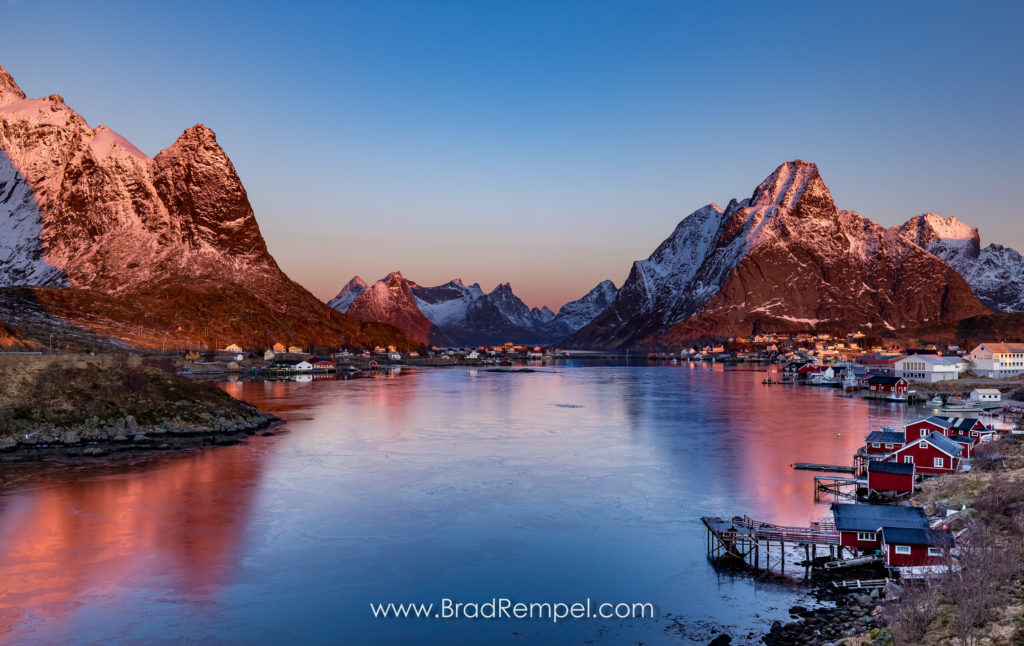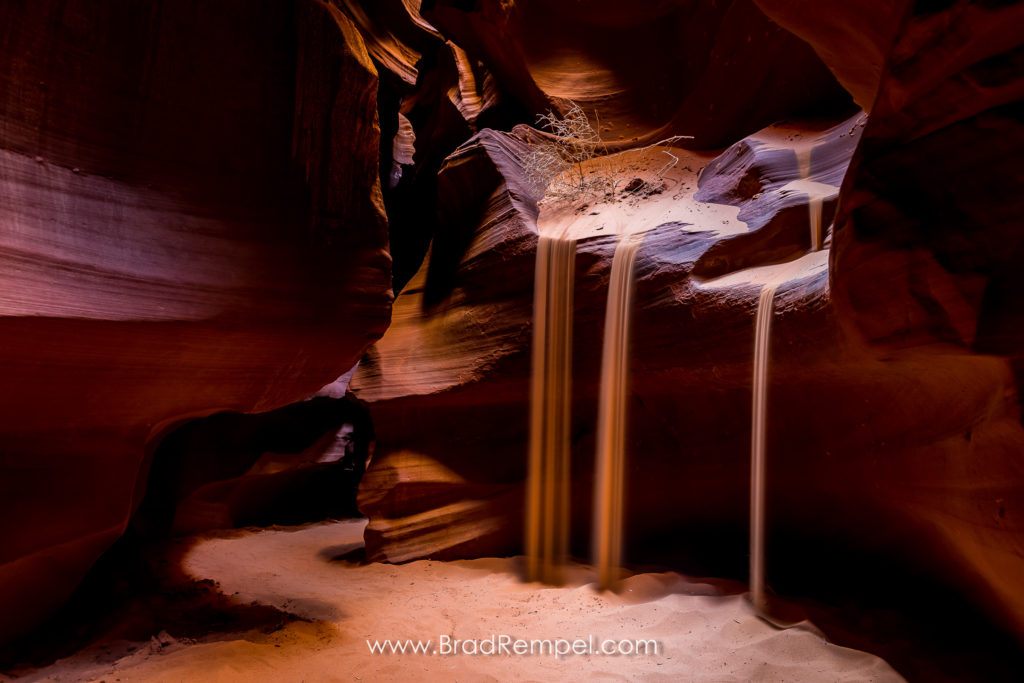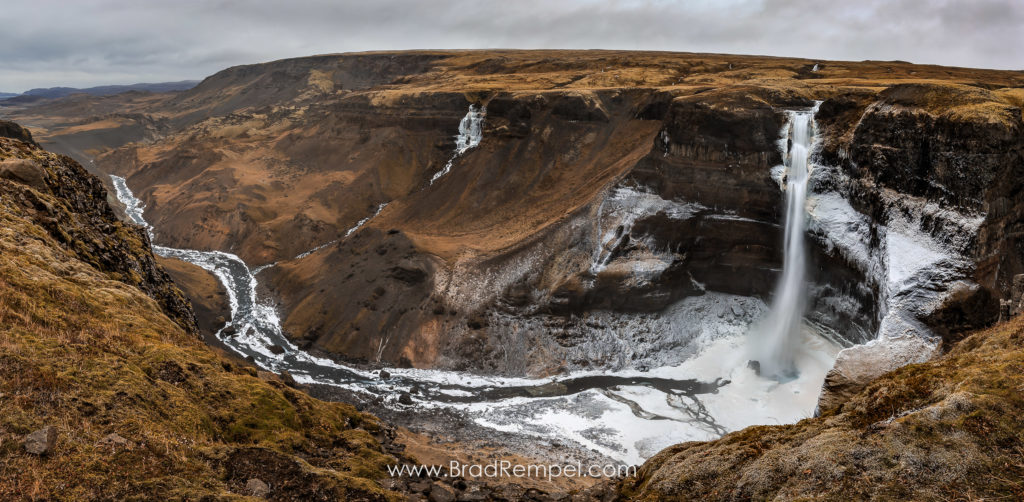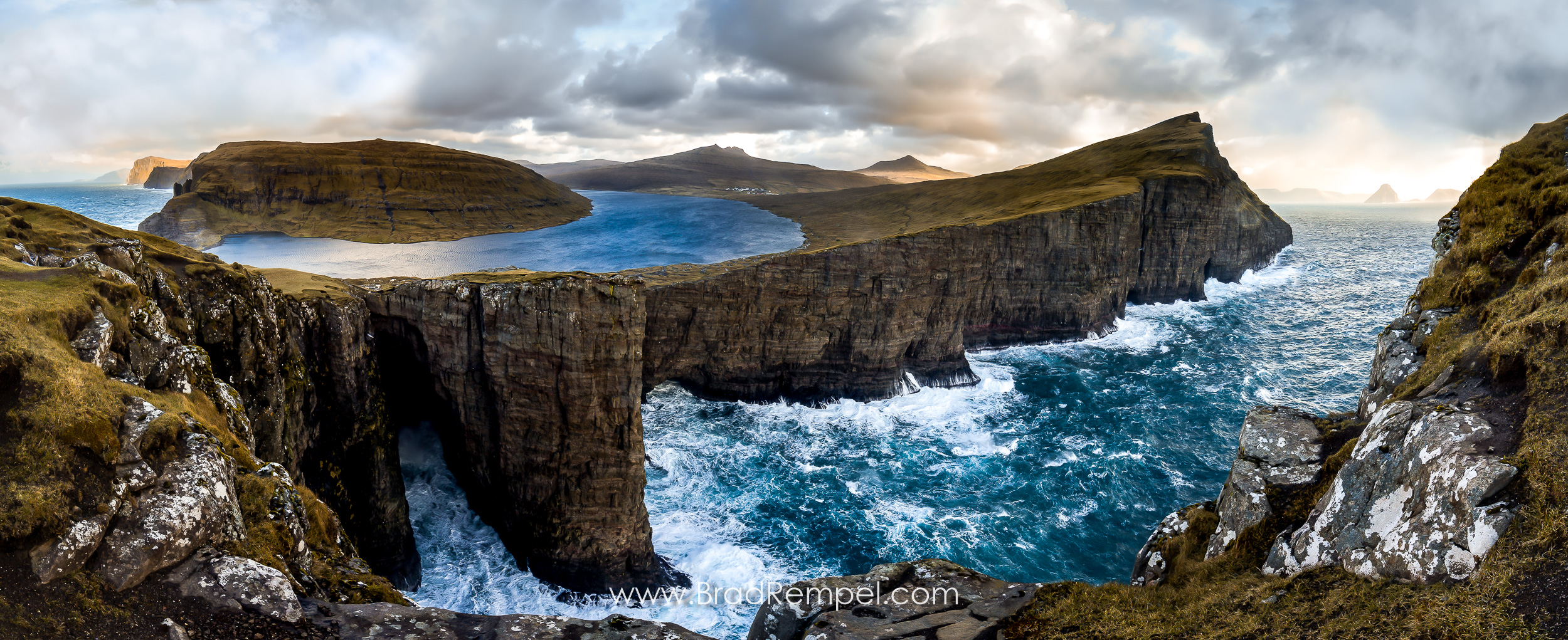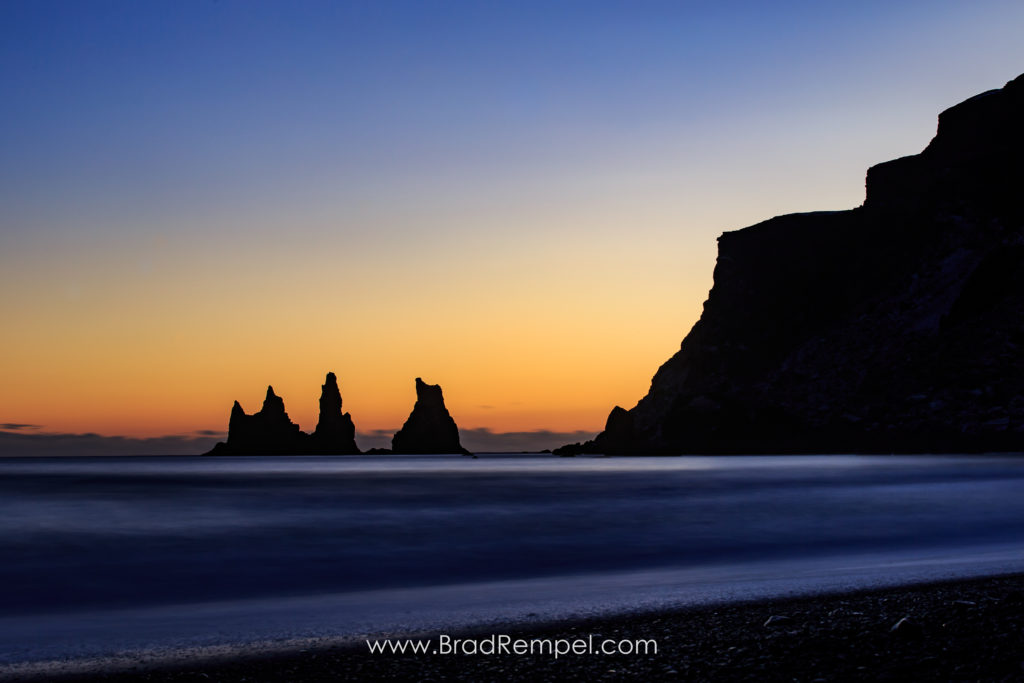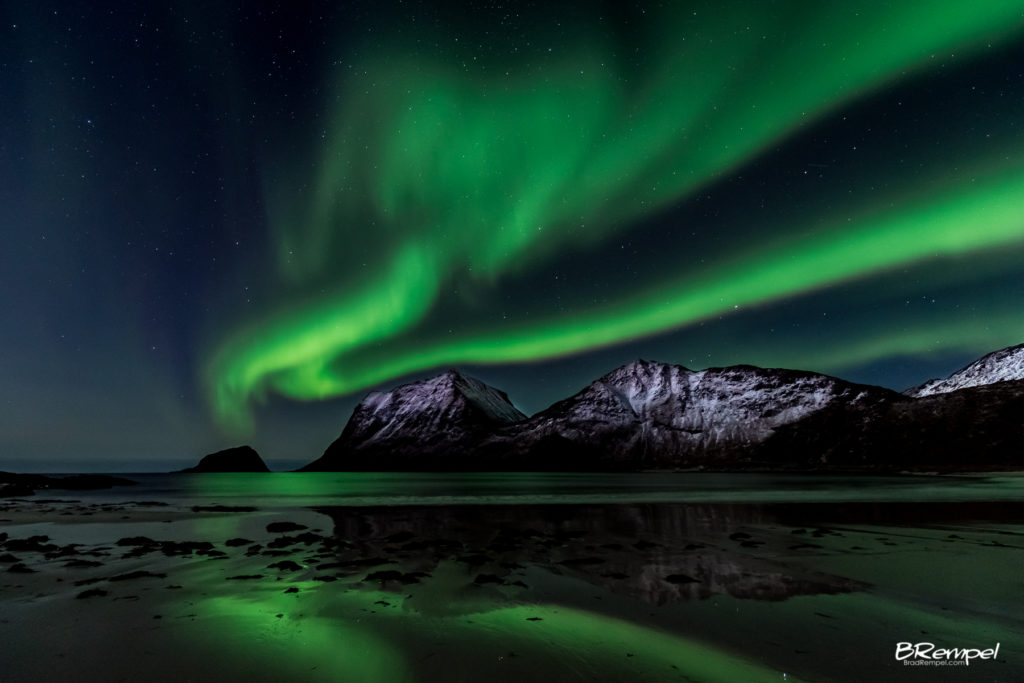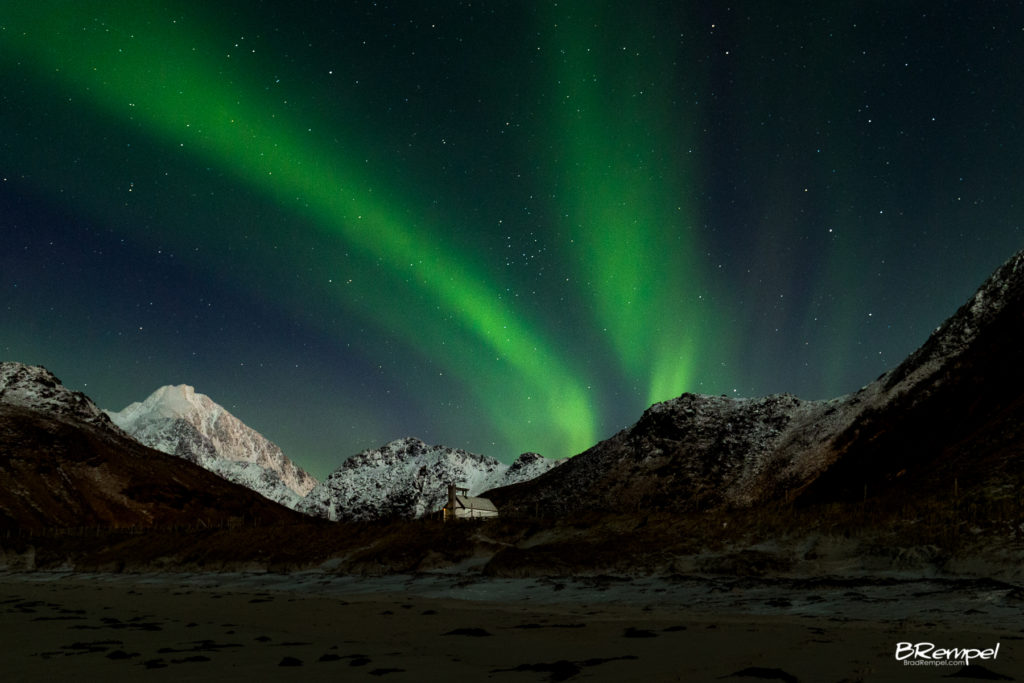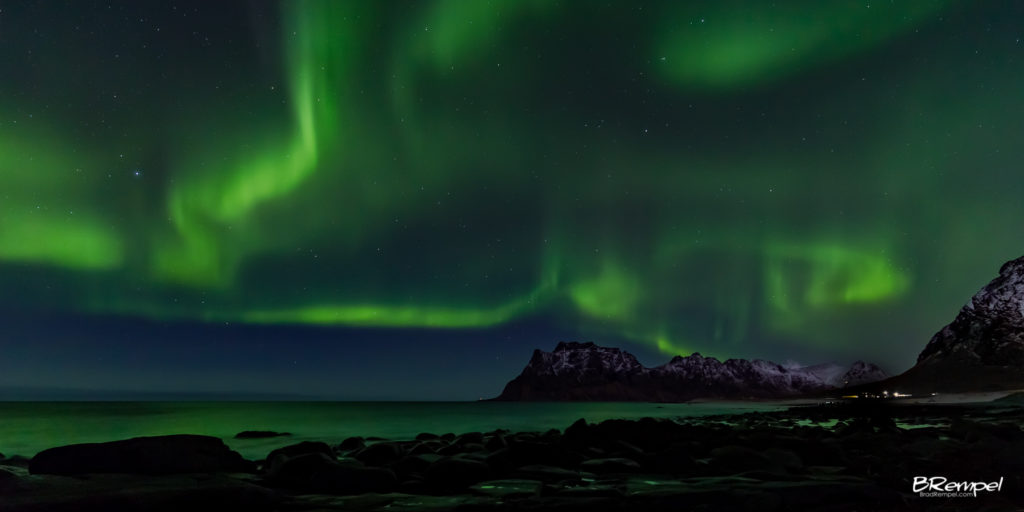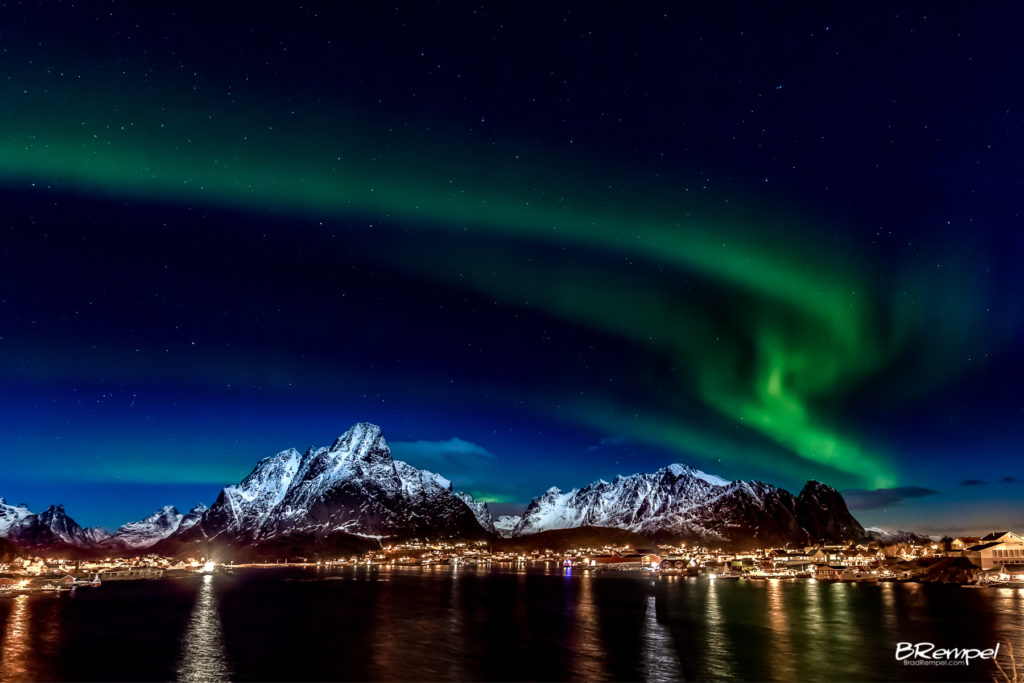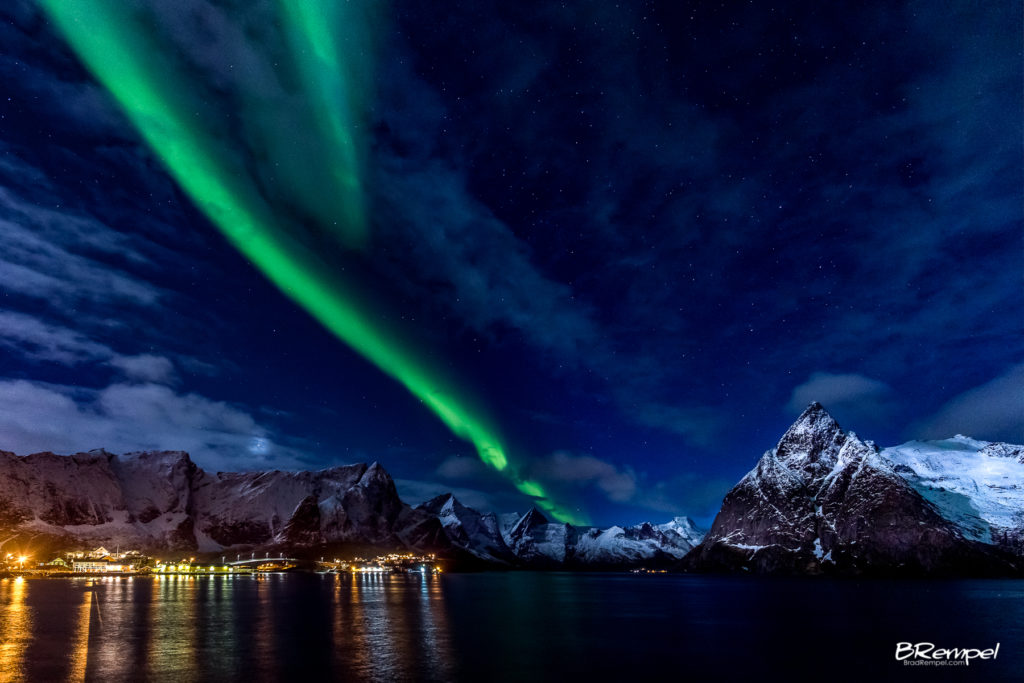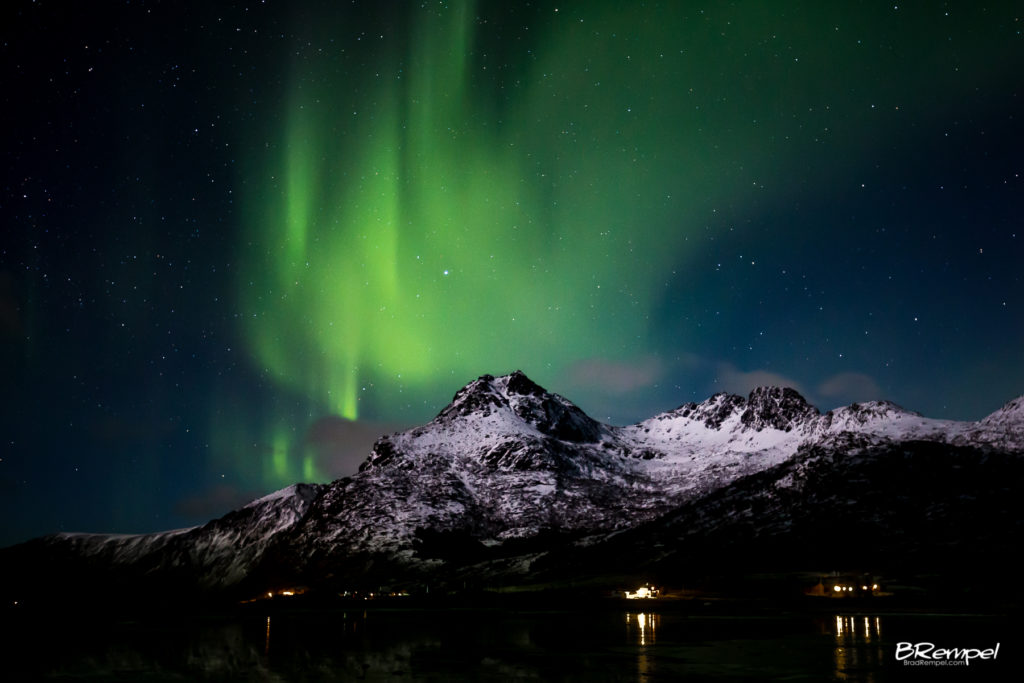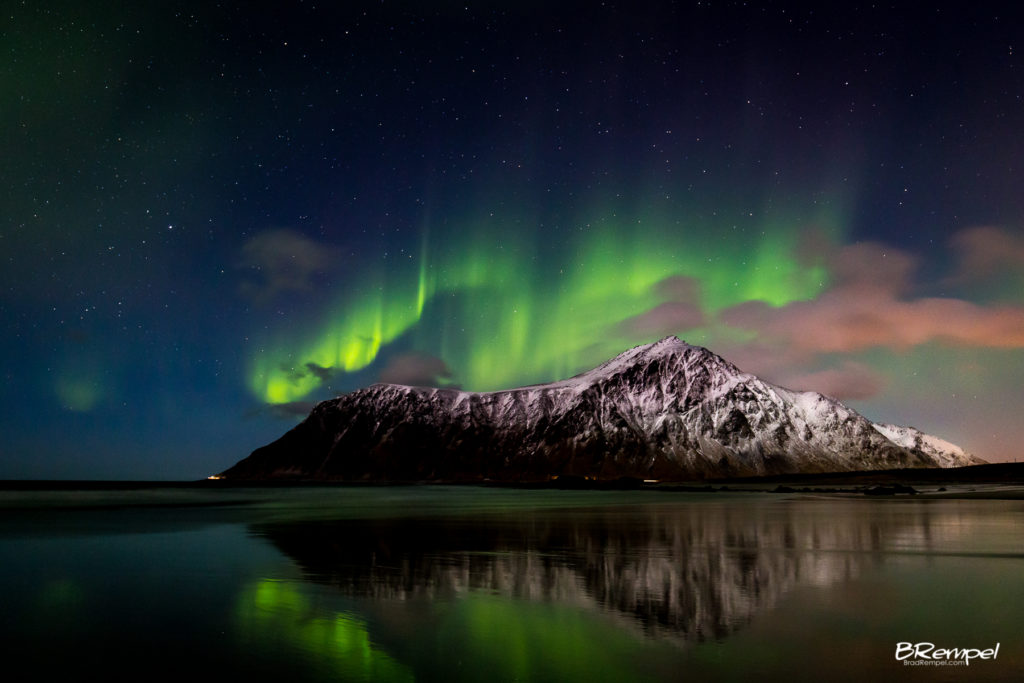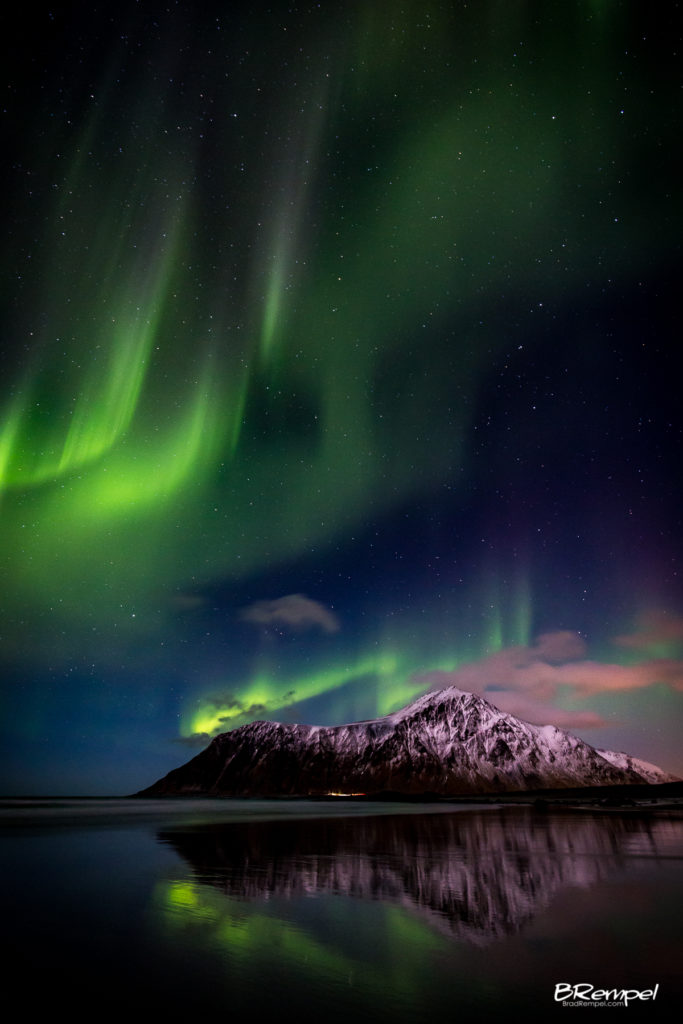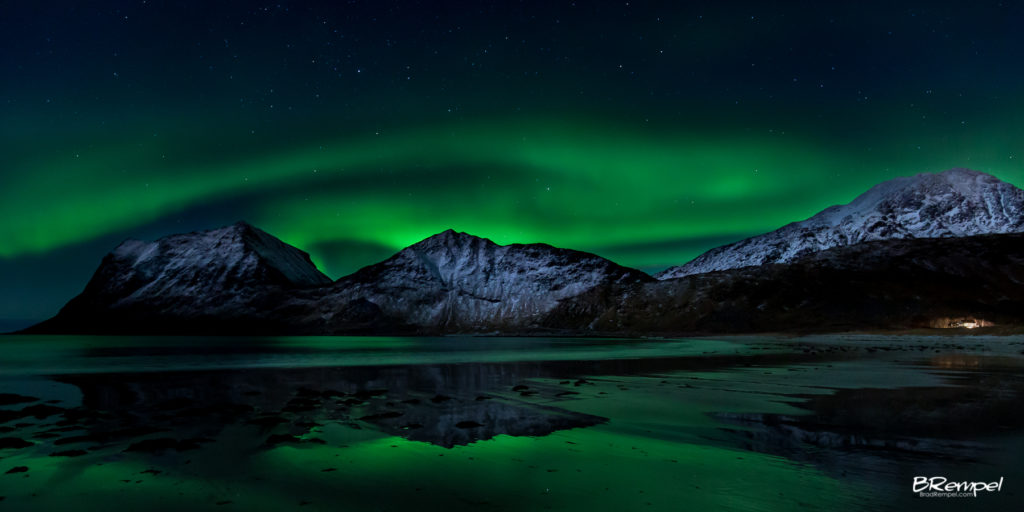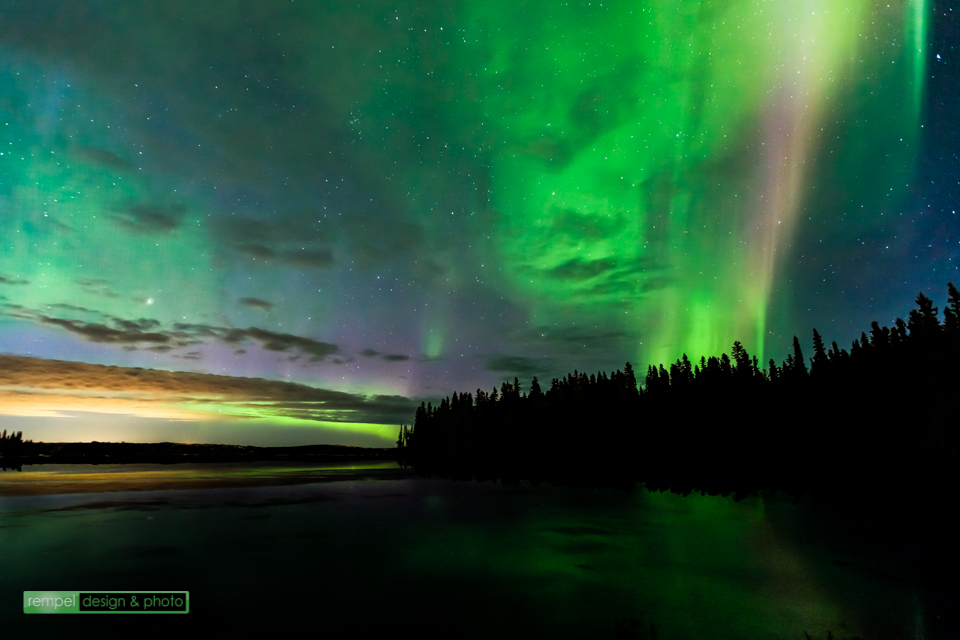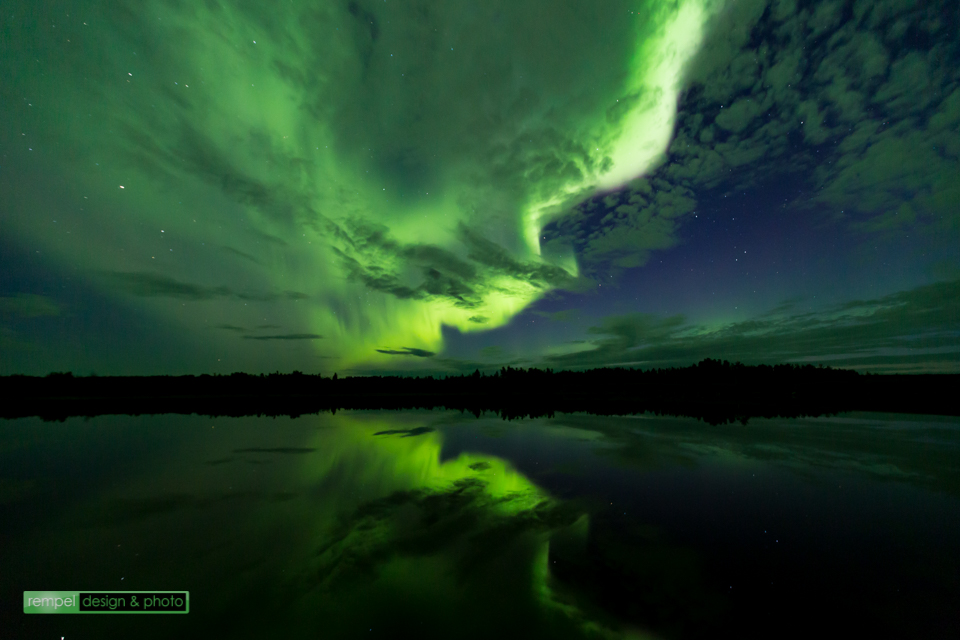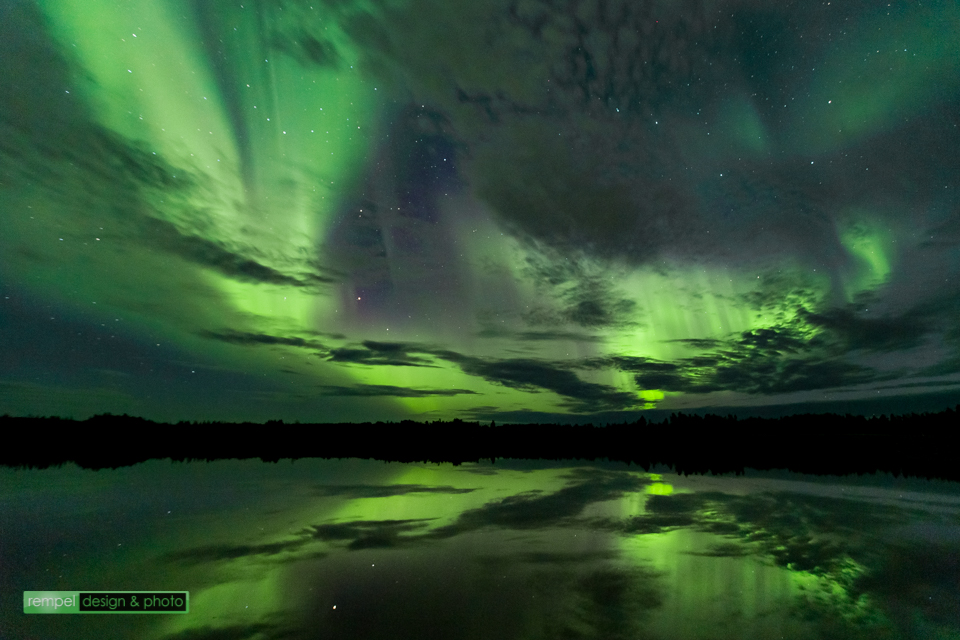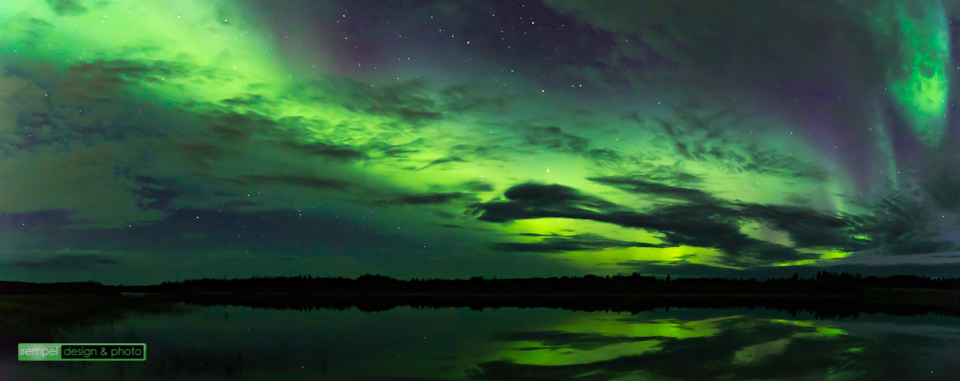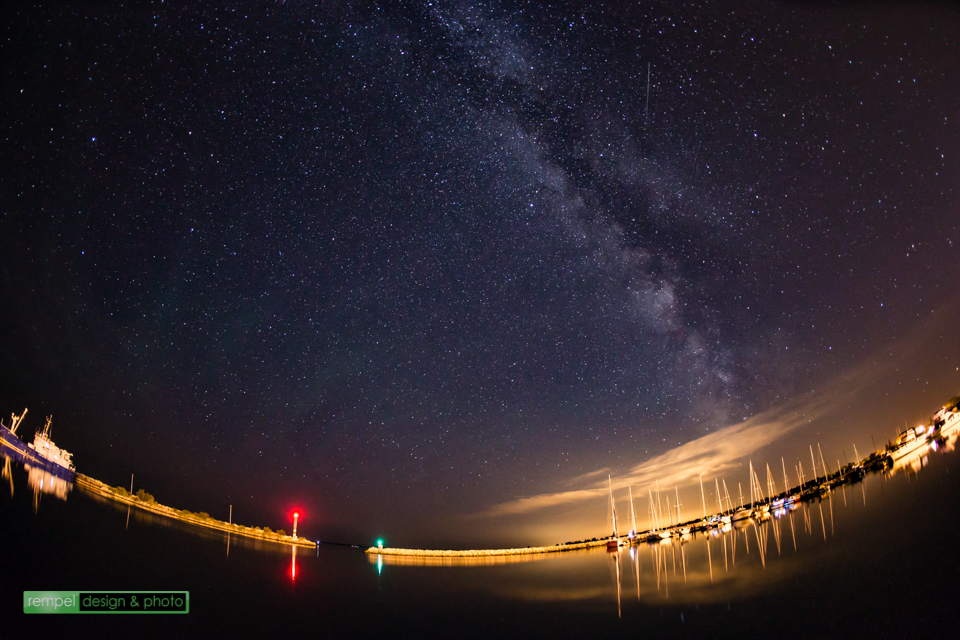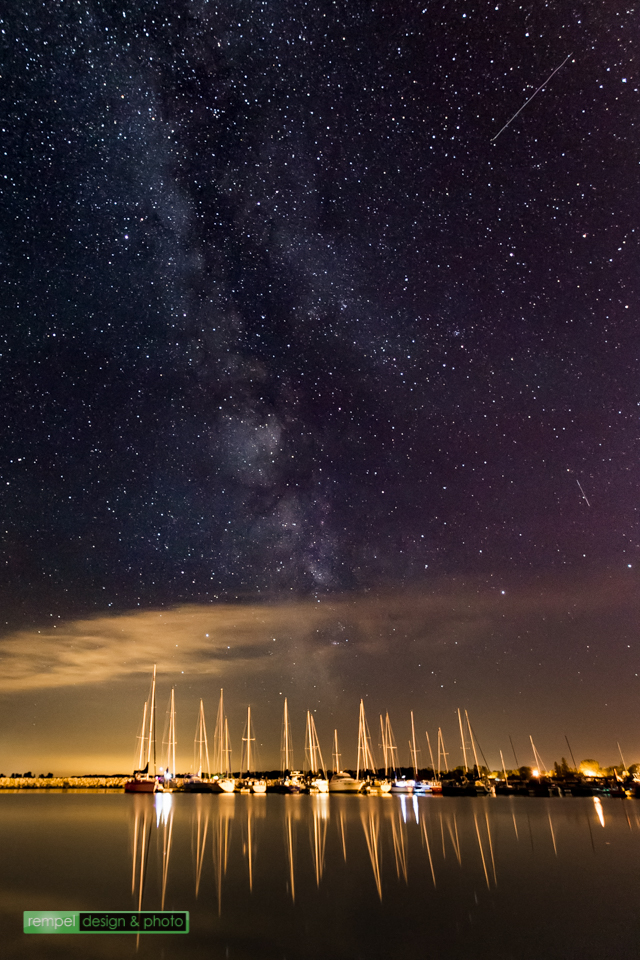Top 20 Travel Photos – 2017
2017 was an amazing travel year for me. I was able to travel to Canada, Iceland, the Faroe Islands, Norway and Arizona. My wife had encouraged me to take a photo trip with a friend of mine (Brace Hemmelgarn) for a year or two so we both decided to take the leap and go traveling together. We’re both sports photographers but we appreciate great landscapes and seem to like similar destinations. We get along, and we get a chance to shoot along side each other a lot, so it made sense. My 2017 trips were:
- Lofoten Islands, Norway – February (with Brace)
- Arizona – April (family trip)
- Manitoba – August (family trip)
- Iceland & the Faroe Islands – November (with Brace)
The photo trips are a lot of planning. Deciding where to go for the day, where to take sunrises, daytime exploring, sunsets, and northern lights. Go home edit, post, repeat. At the end of the trips we both enjoy putting the cameras down and exploring the city and culture for a couple days. We spent a couple of days in both Oslo and Reykjavik at the end of each photo trip, walking through downtown, eating, and exploring.
I doubt my 2018 travel destinations will top this so I hope you enjoy the photos (click to see full size). All images are for sale at: photoreflect.com
Please follow and share at:
Instagram: @brad_rempel
Twitter: @brad_rempel
Facebook: RempelDesignandPhoto

